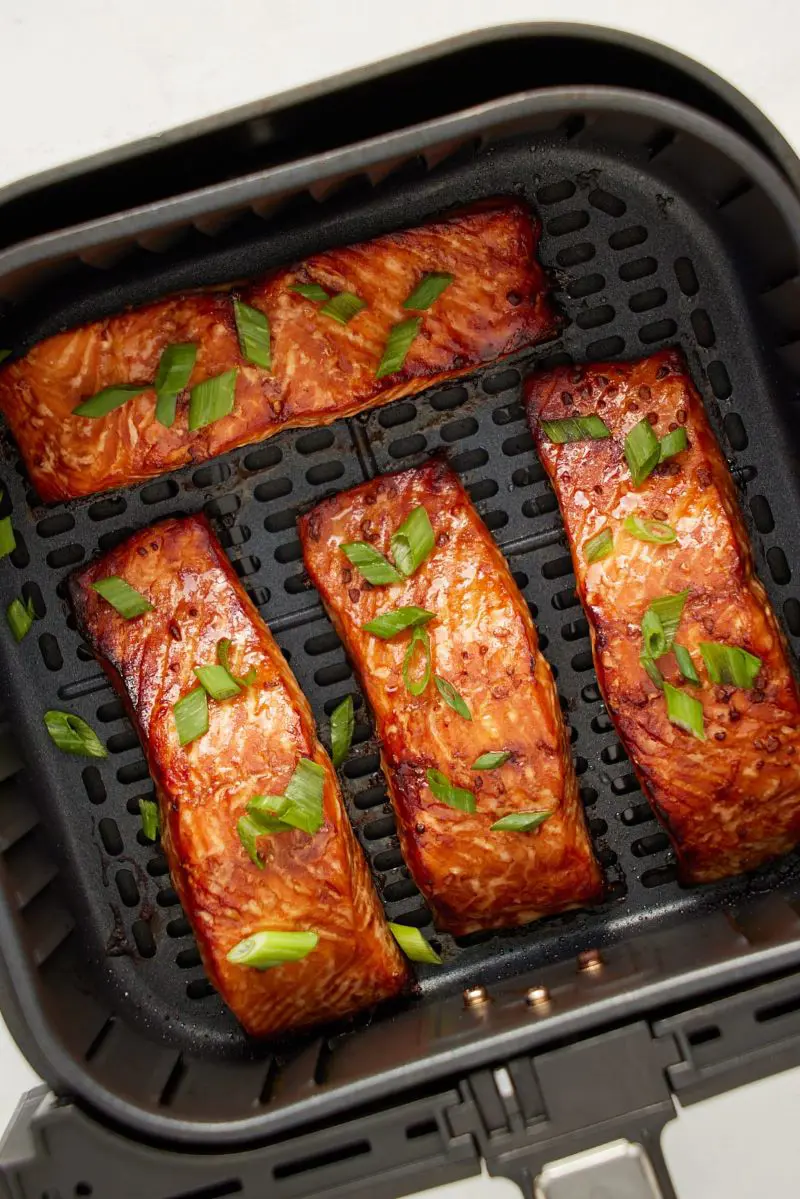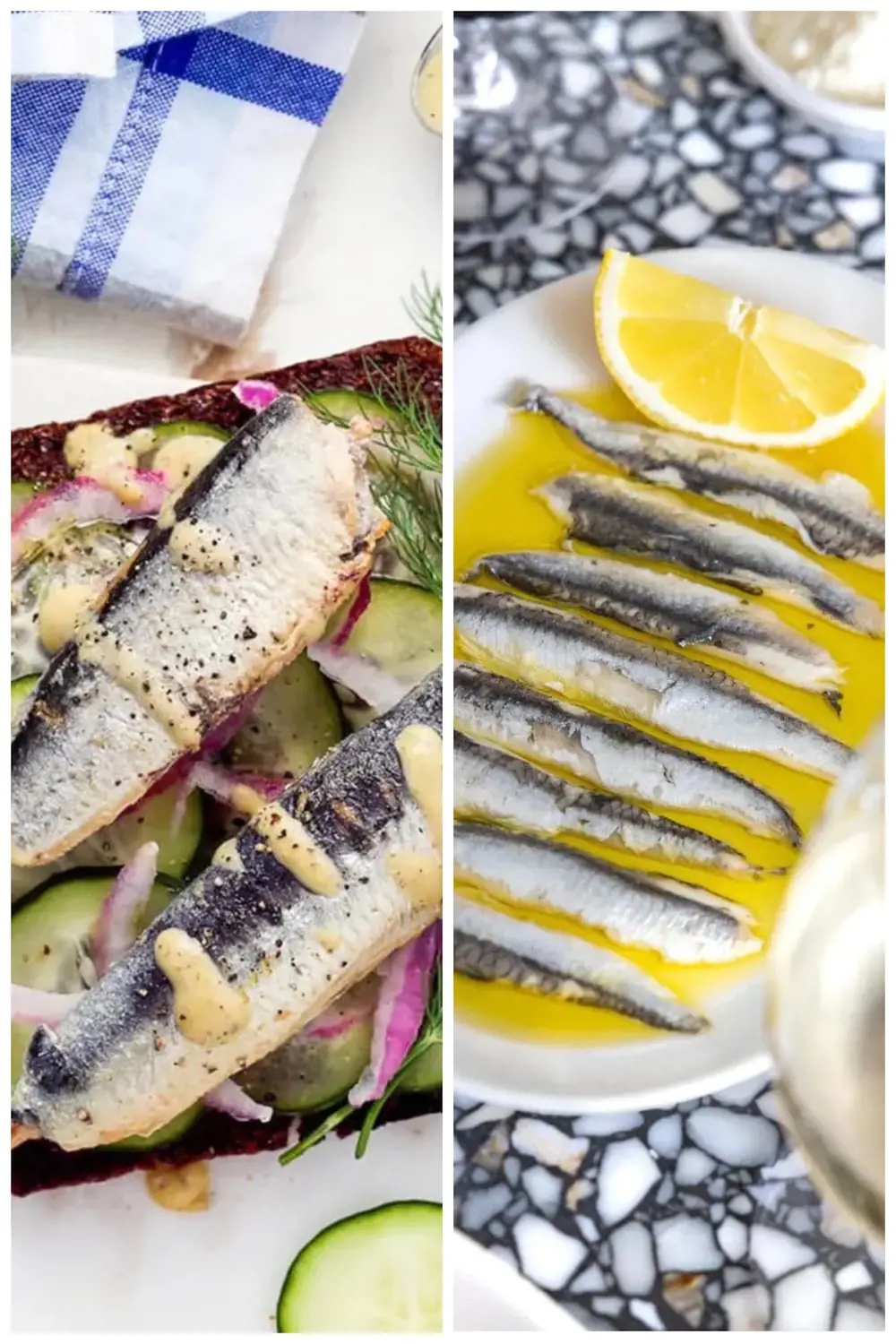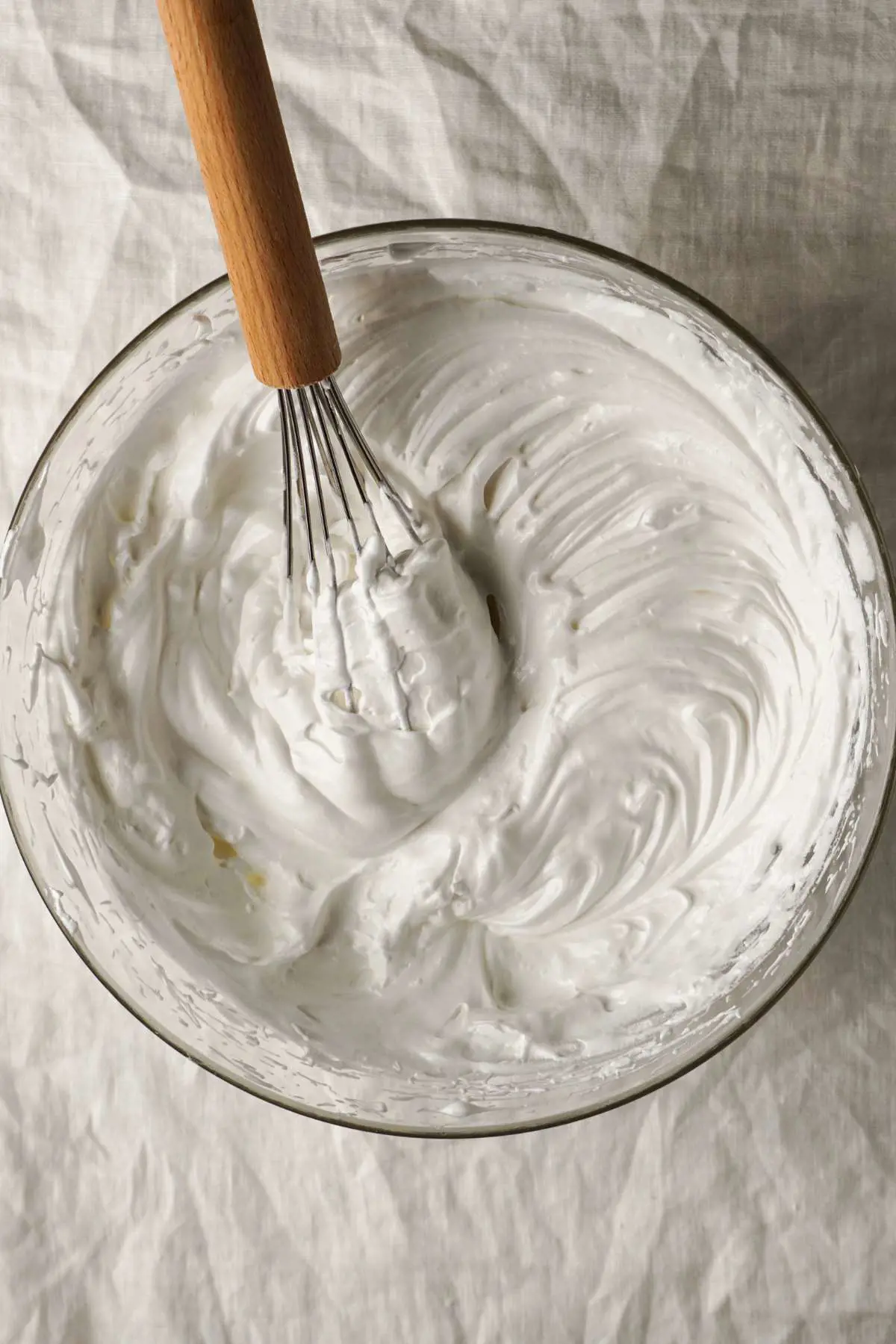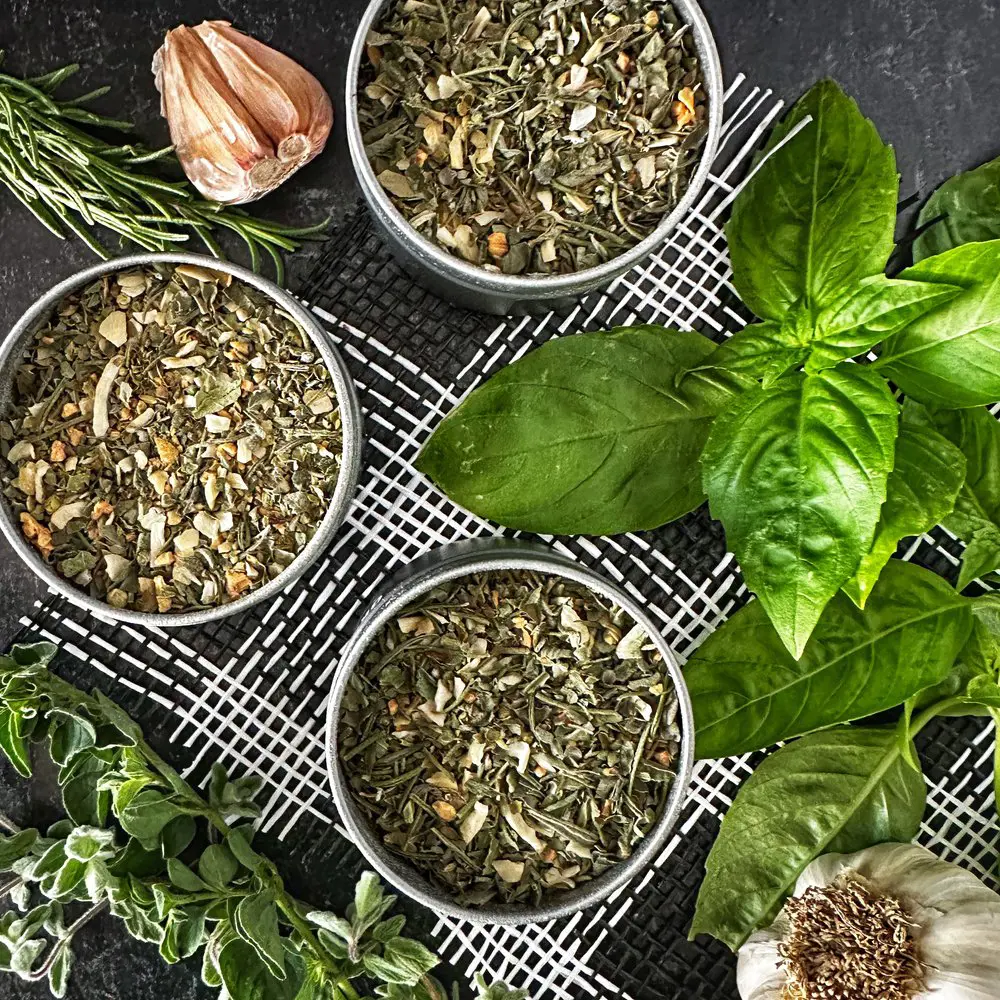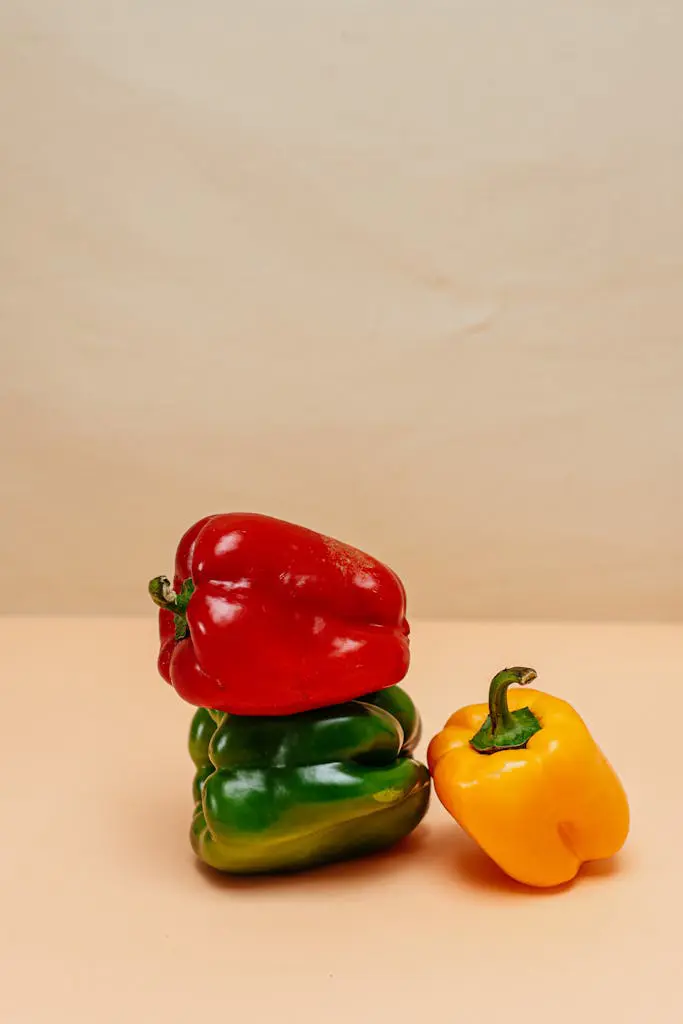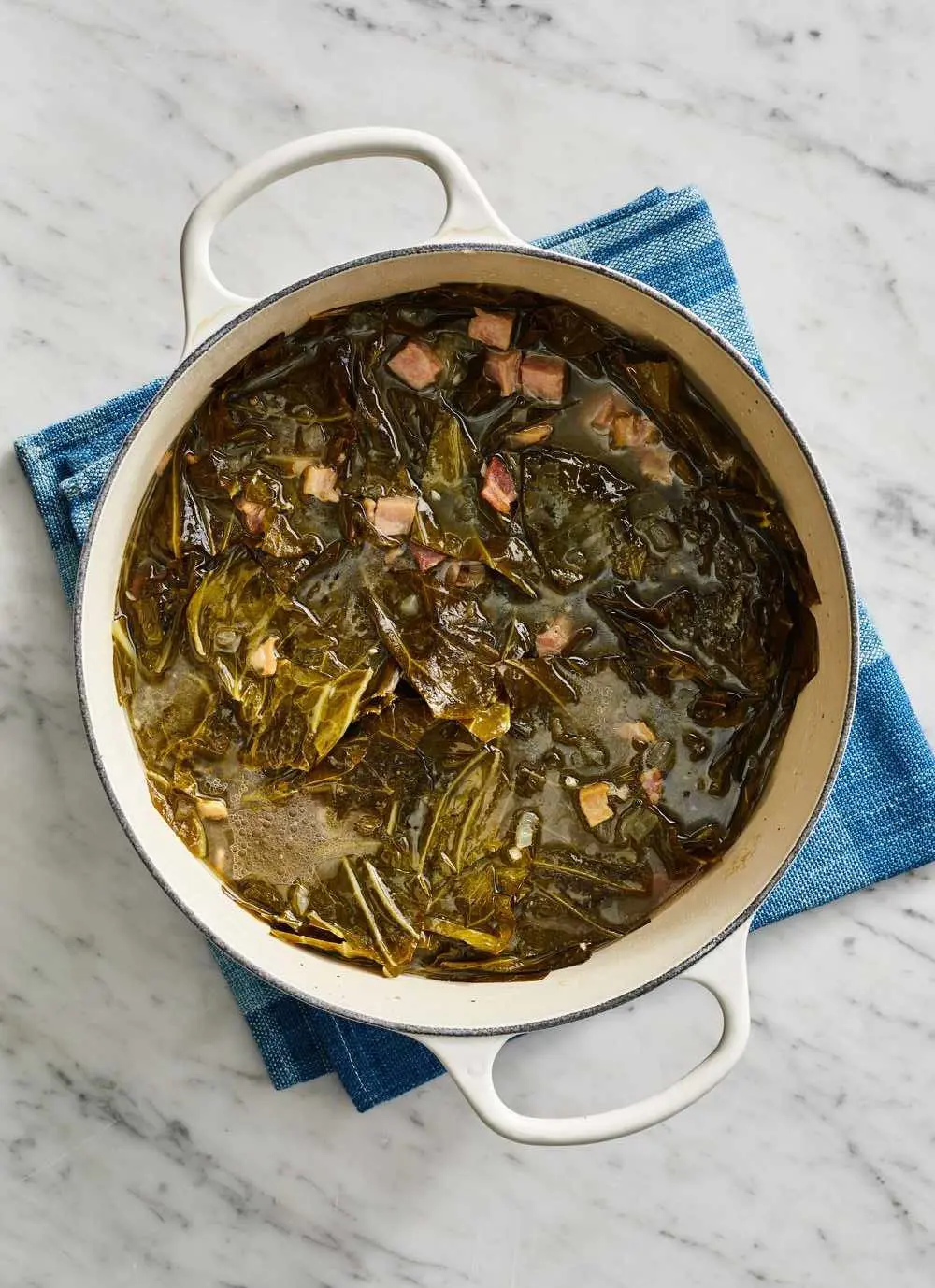15 Butter Replacement Products When You Run Out Of It
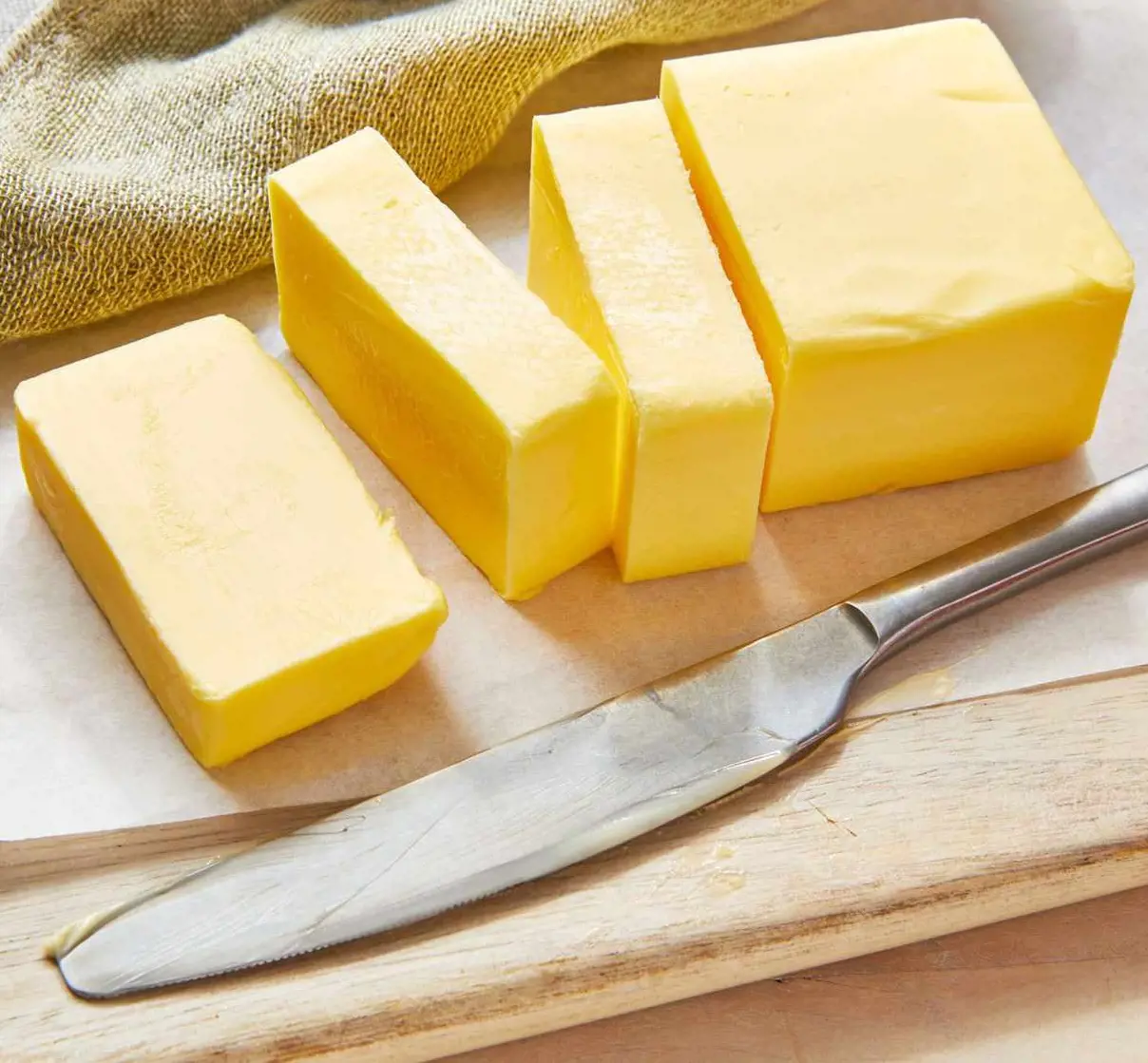
Butter makes everything better. It is a kitchen staple that can be found in pretty much everyone's pantry. From baking to sauteeing, we use this ingredient in the kitchen pretty much every day. So, it is natural for us to look for alternatives for days when we run out of butter or are just looking for a more health-conscious option.
Here, we have 15 butter replacement products even for the elitist of bakers and chefs. There are plenty of choices so we will help you narrow the search down until you find one that suits your recipe the best.
1. Olive Oil
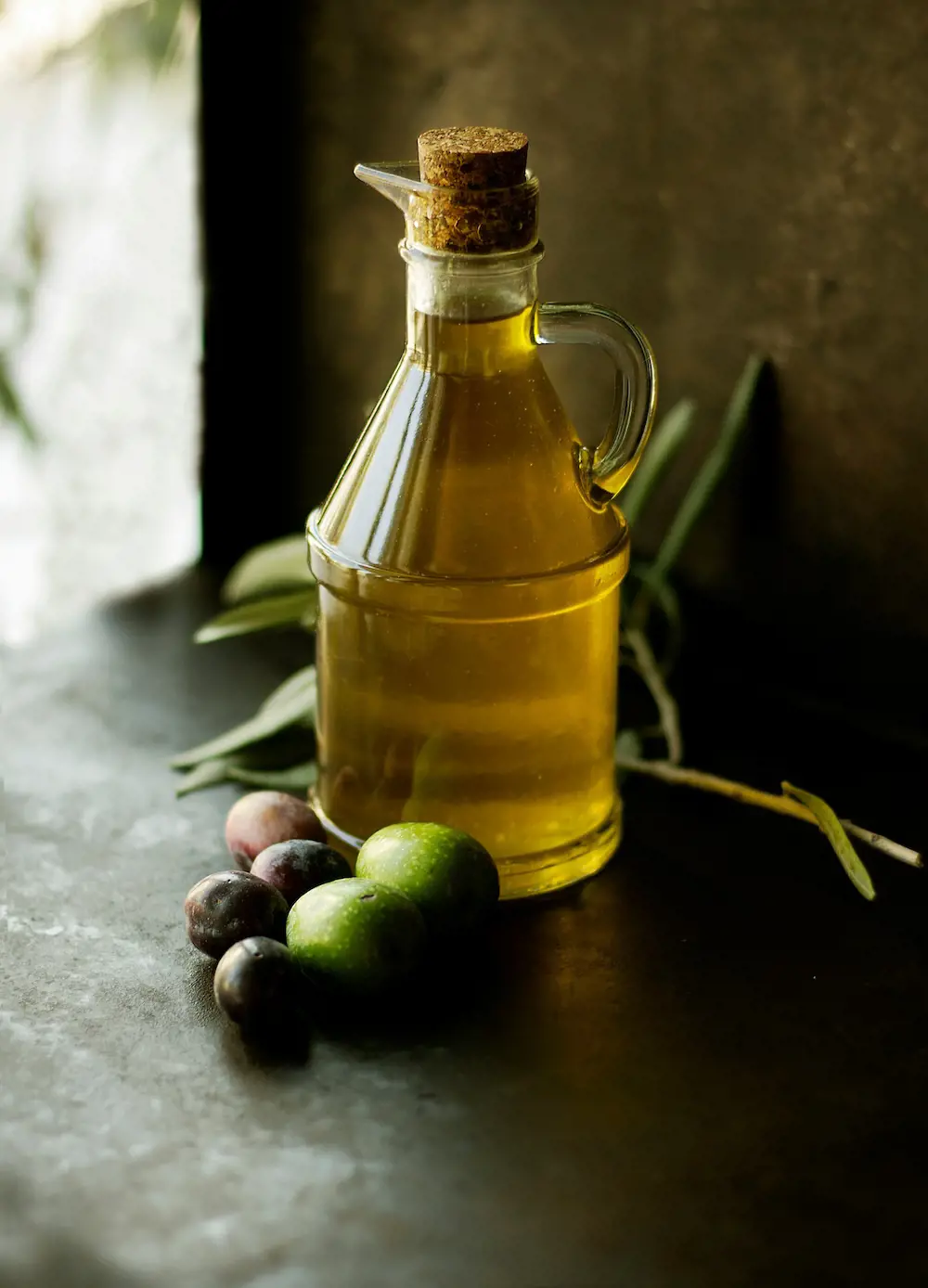
Olive oil effortlessly steps into the spotlight as a sublime butter substitute, infusing dishes with a touch of Mediterranean magic. Its golden hue and fruity undertones elevate both savory and sweet creations. This liquid gold isn't just a substitute; it's a flavor enhancer and a health-conscious choice.
In baking, olive oil works wonders, lending moisture and subtle richness to cakes, muffins, and cookies. It brings a distinct depth of flavor without the heaviness of butter, making it especially suitable for olive oil-based cakes that showcase its unique character. So, whether you're tossing vegetables, baking a batch of cookies, or simply dipping bread, let olive oil take the stage.
2. Ghee
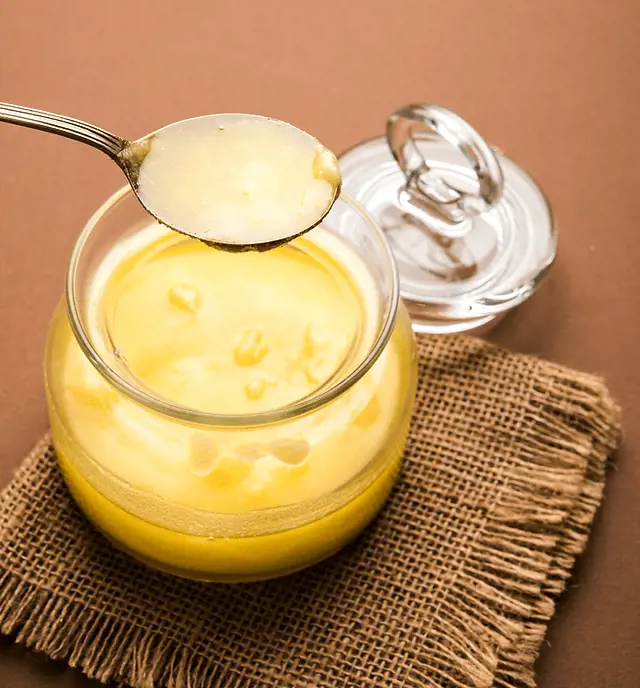
Ghee serves as a rich and flavorful substitute for butter in various cooking applications. Originating from traditional Indian cuisine, ghee is clarified butter, with milk solids removed, making it a lactose-free option. Its high smoke point makes it ideal for sautéing and frying without the risk of burning.
As a butter substitute, ghee brings a velvety texture to both sweet and savory creations. Its unique composition, free from water and milk solids, allows for a longer shelf life and enhanced stability at higher temperatures. Ghee also offers potential health benefits, containing healthy fats and antioxidants.
3. Mayonnaise
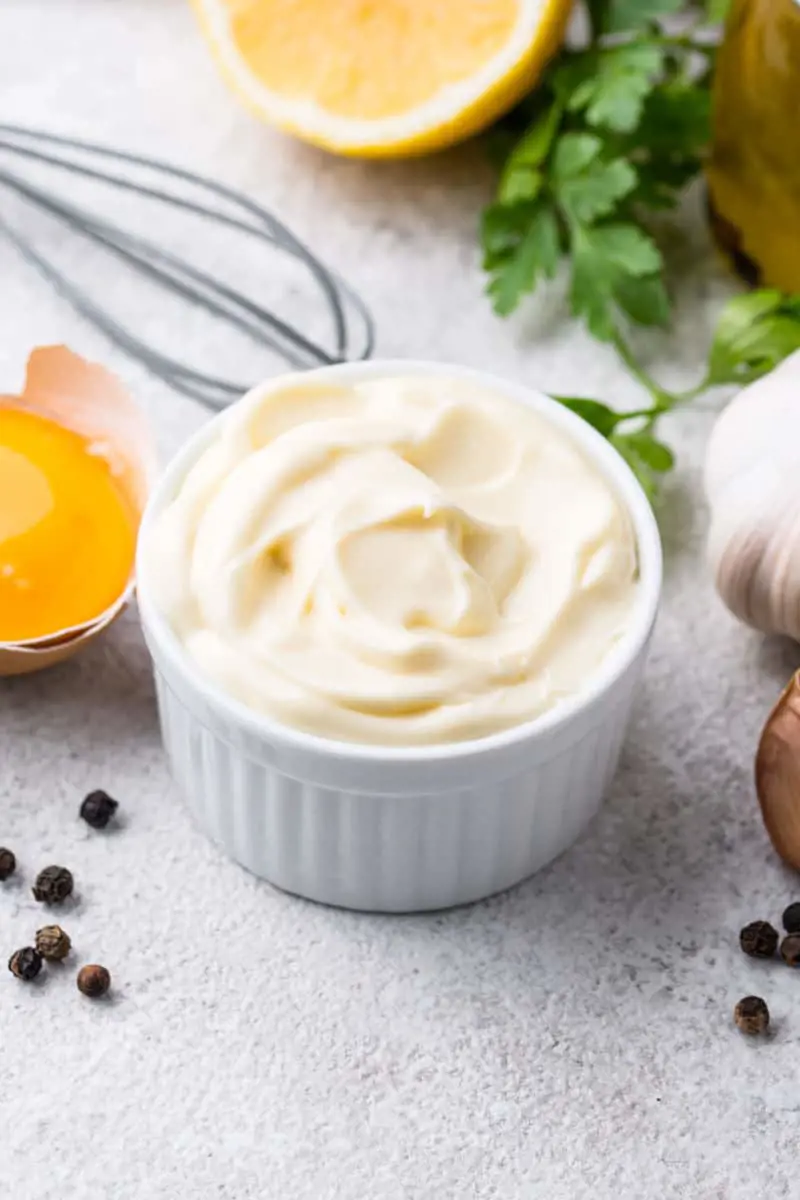
Mayonnaise can be a surprisingly effective substitute for butter. Its velvety texture and rich taste make it a good choice, especially in savory dishes. In baking, mayo can step in for butter, bringing moisture and a subtle tang to recipes like cakes and quick breads. The oil content in mayonnaise can contribute to a moist and tender texture, making it a handy alternative for those seeking to reduce dairy or looking for an egg-free option.
Mayo's adaptability shines in grilling and roasting, where it can be brushed onto meats or vegetables, creating a golden crust while locking in moisture. It's a game-changer in dishes like grilled cheese, offering a crisp exterior and a creamy interior.
4. Coconut Oil
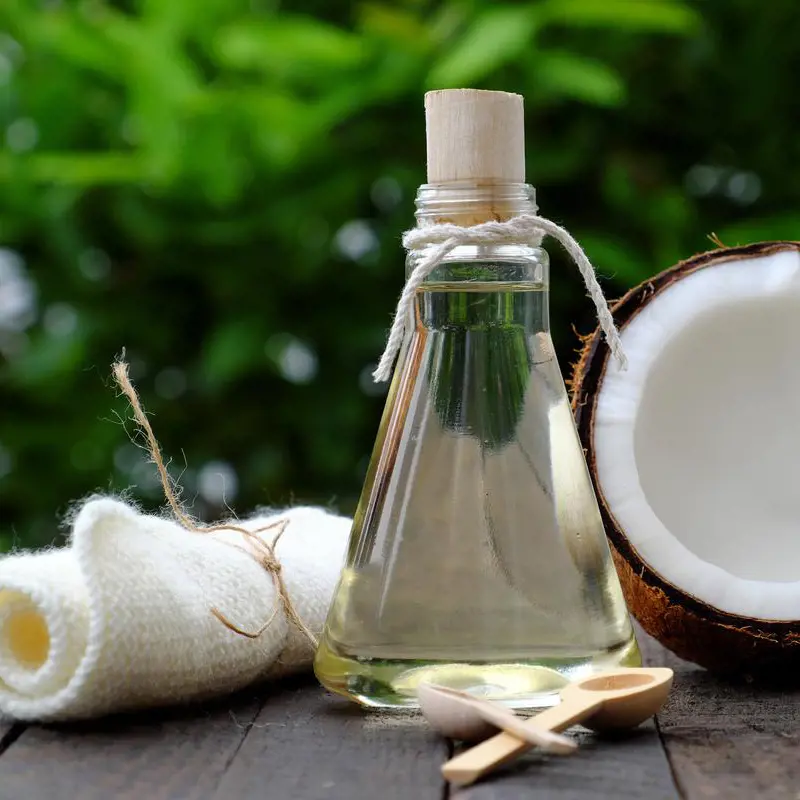
Coconut oil has a rich, slightly sweet taste that works well in both sweet and savory dishes. Coconut oil stands out in baking for its ability to add moisture and a hint of tropical flair, making it a go-to for cookies, cakes, and pie crusts.
What makes coconut oil a kitchen superhero is its high smoke point, ensuring it won't break down at higher temperatures. This makes it a good choice for sautéing, frying, or even popping corn. For spreading on toast or muffins, coconut oil can be solidified or gently melted, offering a pretty accessible alternative to traditional butter.
5. Avocado
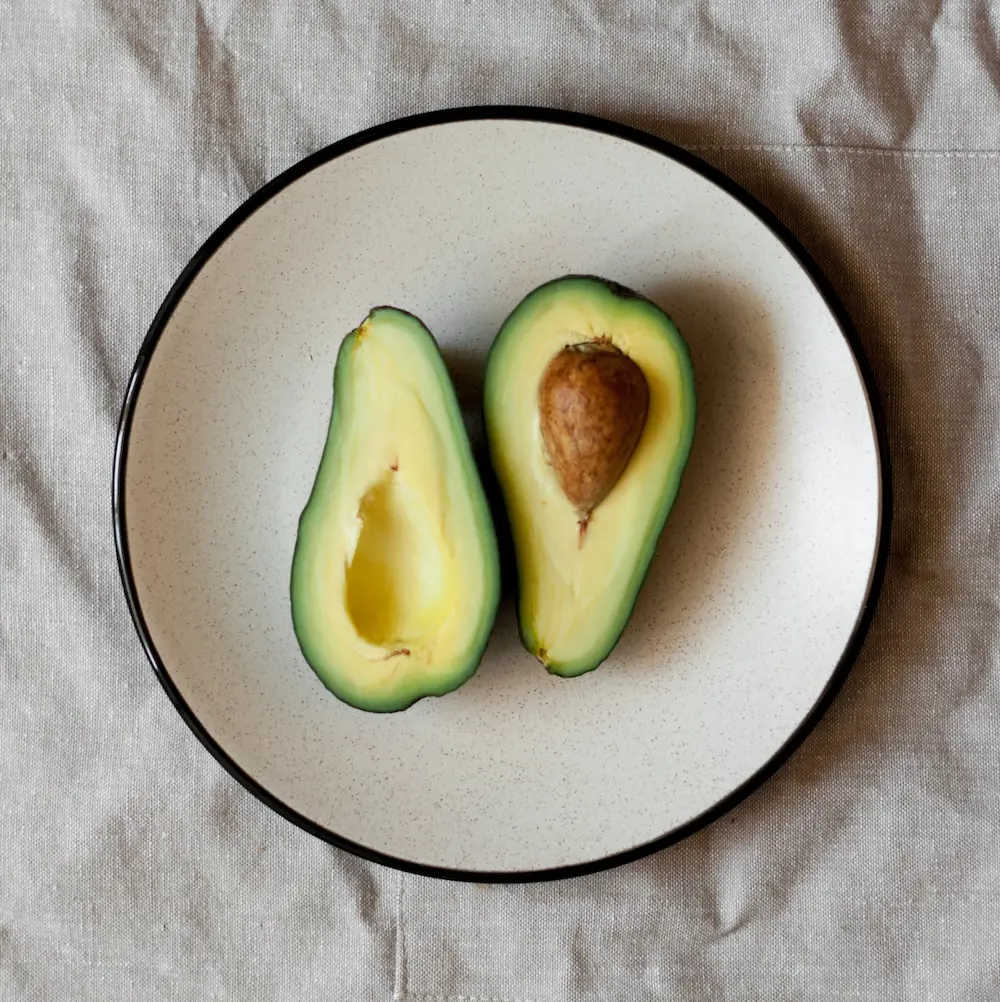
Avocado offers a unique twist to both savory and sweet dishes as a butter substitute. Mashed avocado works wonders as a spread on toast, bringing a luscious, buttery texture with a subtle, nutty flavor. It seamlessly takes the place of butter in baked goods, infusing moistness into your favorite chocolate chip muffin recipe or a fudgy brownie.
What makes avocado truly shine is its nutrient profile. Packed with heart-healthy monounsaturated fats, it's a satisfying substitute that not only adds a velvety consistency but also contributes essential nutrients like potassium, fiber, and vitamins. With its smooth and luscious spread, this green giant proves that it isn't just for salads.
6. Margarine
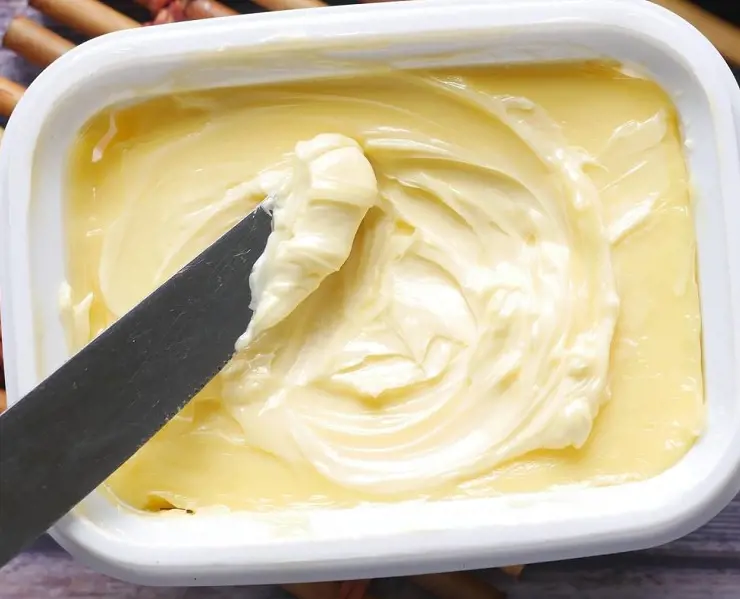
In cooking and baking, margarine's high-fat content ensures a similar mouthfeel to butter. It's often favored in vegan and lactose-free diets, catering to those seeking dairy-free alternatives without sacrificing taste or texture. Unlike butter, margarine is typically lower in saturated fats, making it a heart-healthier alternative as well.
It is prepared from vegetable oil but still offers a similar texture to butter when spread on toast, muffins, or used in baking. However, it's crucial to choose margarine wisely, as some varieties may contain trans fats or unhealthy additives.
7. Applesauce
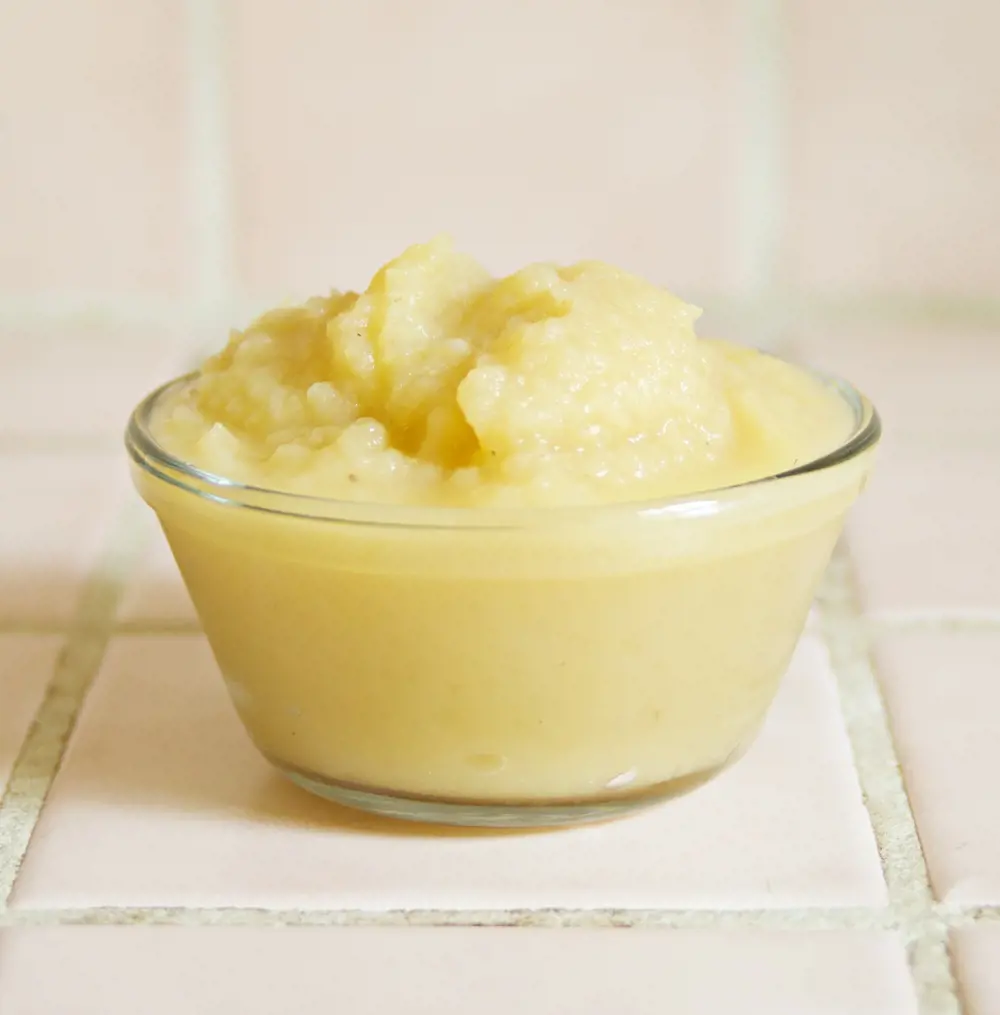
Applesauce is often considered grandma's baking secret because of its natural sweetness and moisture content. In the realm of healthier cooking, applesauce is the go-to magician for transforming muffins, cakes, and cookies into guilt-free bites. The magic ratio is typically one cup of applesauce for every cup of butter, but experimentation is encouraged to find the perfect balance for individual taste preferences.
When swapping butter for applesauce, it's like giving your baked goods a health-conscious makeover. The applesauce adds a subtle fruity undertone as well as maintains a tender, moist texture. Plus, its natural sugars contribute to sweetness, lessening the need for additional sweeteners.
8. Greek Yogurt
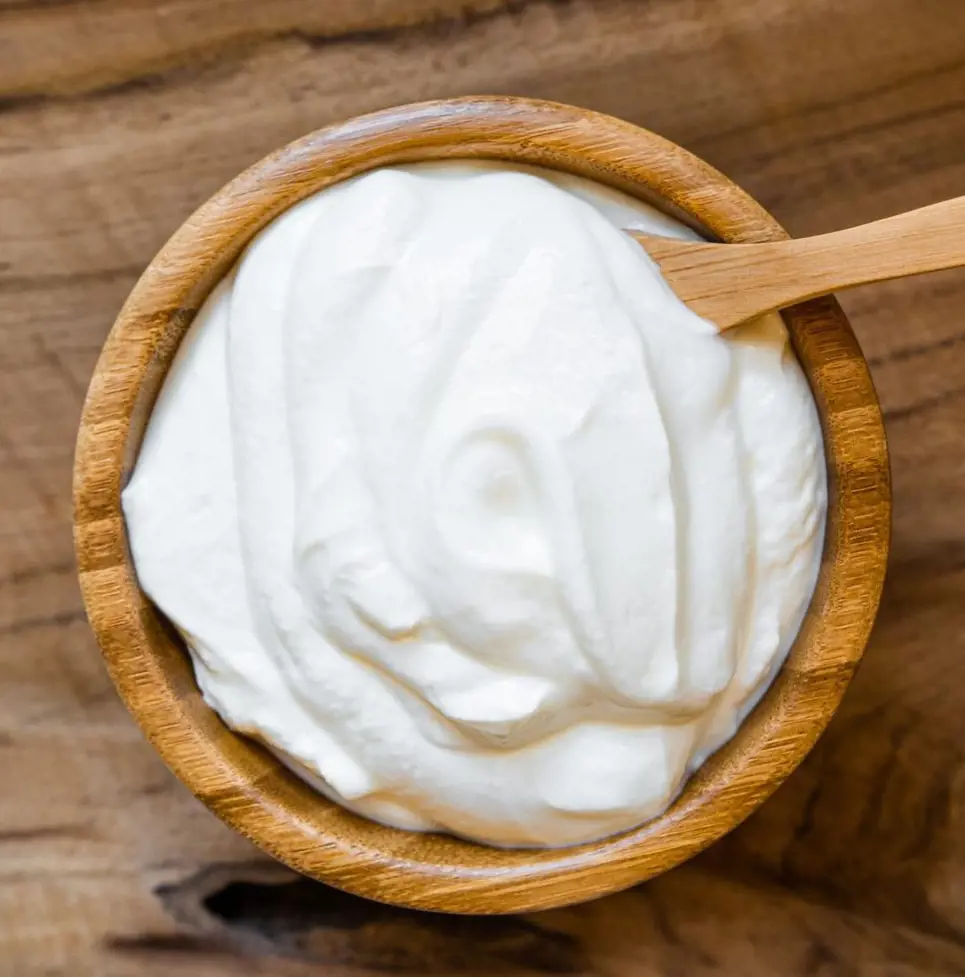
Greek yogurt works just as well as a butter alternative as it does as a heavy cream substitute. In recipes like muffins, pancakes, and cakes, Greek yogurt can replace butter to provide moisture, texture, and a subtle tang. Its richness mimics the creaminess of butter while reducing the overall saturated fat content.
It also works well as a spread or a source of fat in baking. Just be mindful of the specific type of Greek yogurt you choose; opting for plain, unsweetened varieties ensures you control the sweetness and flavor profile in your dishes.
9. Shortening
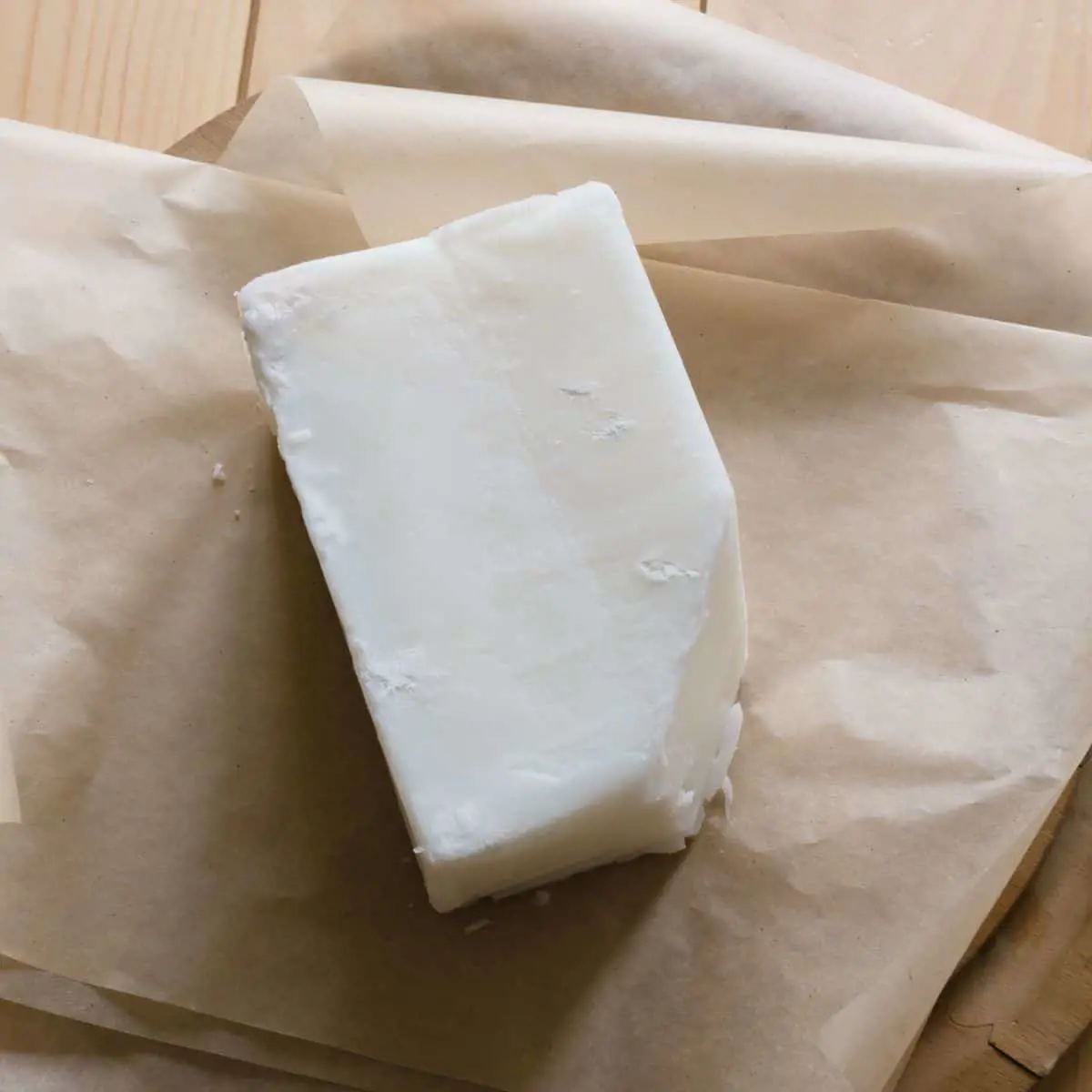
Shortening is often made from hydrogenated vegetable oils. It has unique properties that make it ideal for specific culinary needs. Unlike butter, shortening is entirely plant-based, making it a go-to for those seeking dairy-free options. Its high melting point ensures flaky pastries and tender pie crusts. Cookies and biscuits also benefit from its ability to maintain a distinct texture.
While shortening lacks the rich flavor of butter, its neutral taste allows other ingredients to shine. It's a staple in vegan and vegetarian kitchens, seamlessly blending into various recipes. However, it's essential to note that shortening is high in trans fats, which may have health implications.
10. Nut Butters

Whether you're into almond, peanut, cashew, or any nutty variety, this option offers a nutty richness that can elevate both sweet and savory dishes. It works best with recipes that already have a nutty element to them like a peanut butter cookie or dense brownie recipes. Because these can impart a certain flavor, you should be careful regarding the flavor profile of your dish and how it might get affected by a nut butter.
Beyond baking, spreading almond butter on toast, slathering peanut butter on a banana, or swirling cashew butter into oatmeal adds a satisfying dose of protein, healthy fats, and flavor.
11. Pumpkin Puree
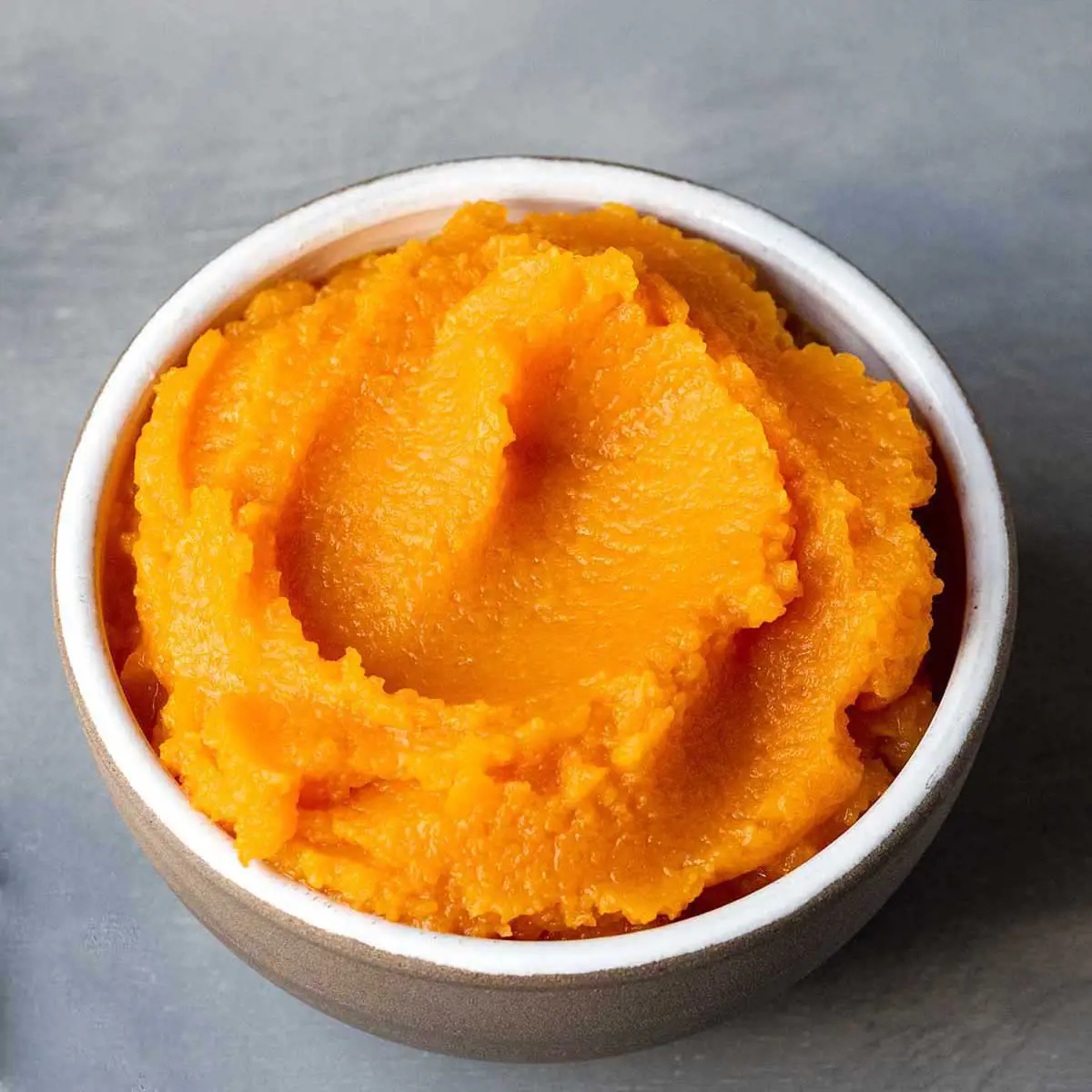
Pumpkin puree is yet another nutritious alternative to butter. This works best with baking and certain recipes because of its velvety texture and subtle sweetness. For savory dishes, such as soups or sauces, pumpkin puree can bring a creamy consistency and some sweetness. So, next time you run out of butter in your kitchen, grab some pumpkin puree to infuse autumn vibes into your dishes.
In recipes like muffins or quick bread, a general rule of thumb is to substitute half the amount of butter with an equal quantity of pumpkin puree. This not only reduces the fat content but also introduces a unique flavor profile.
12. Mashed Bananas
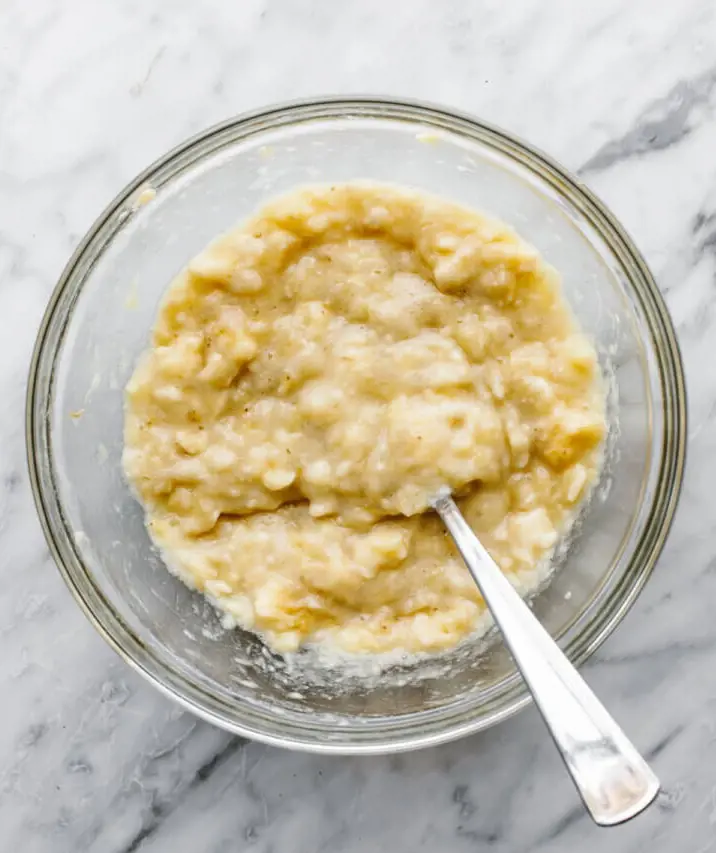
Mashed bananas might not be the first thing that comes to your mind when you think butter substitute but we assure you it works with certain recipes. Ripe bananas mashed to a creamy consistency can be added to baked goods for additional moisture and sweetness. The best example of this is its use in banana bread recipes.
You can also add them on toast or oatmeal as a nutrient-packed butter alternative. Plus, this swap is a game-changer for those aiming to cut down on saturated fats.
13. Sour Cream
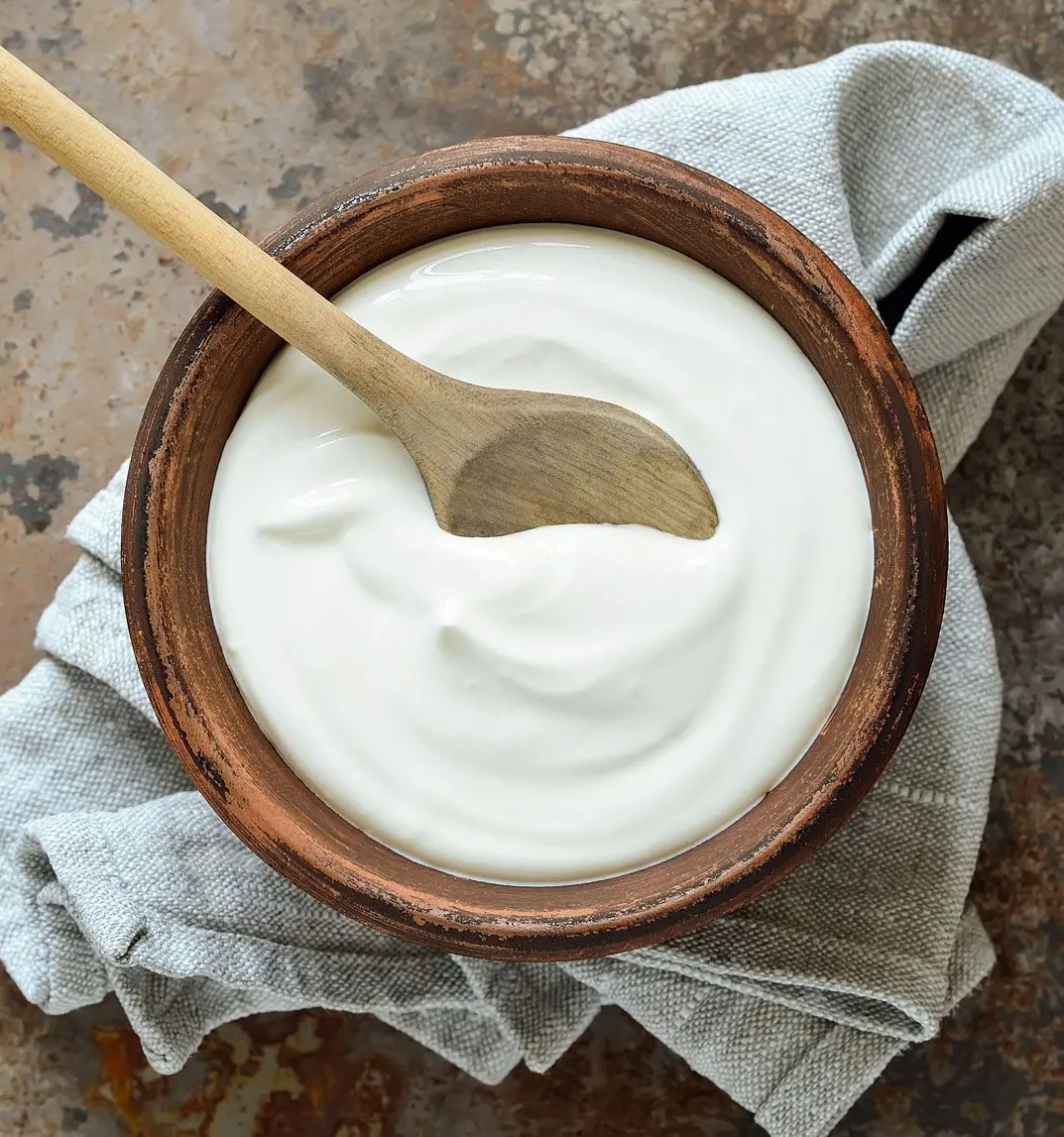
Sour cream is possibly a good butter alternative in savory dishes, especially those with a Tex-Mex or Eastern European influence. Its creamy texture and tanginess make it a delicious addition to mashed potatoes, sauces, or atop a baked potato. If you're baking something not particularly sweet, you can opt for sour cream instead of other alternatives.
It's worth noting that while sour cream can work well in some instances, it may not be a suitable replacement for butter in all recipes, especially those that heavily rely on the structure and flavor that butter provides.
14. Ricotta
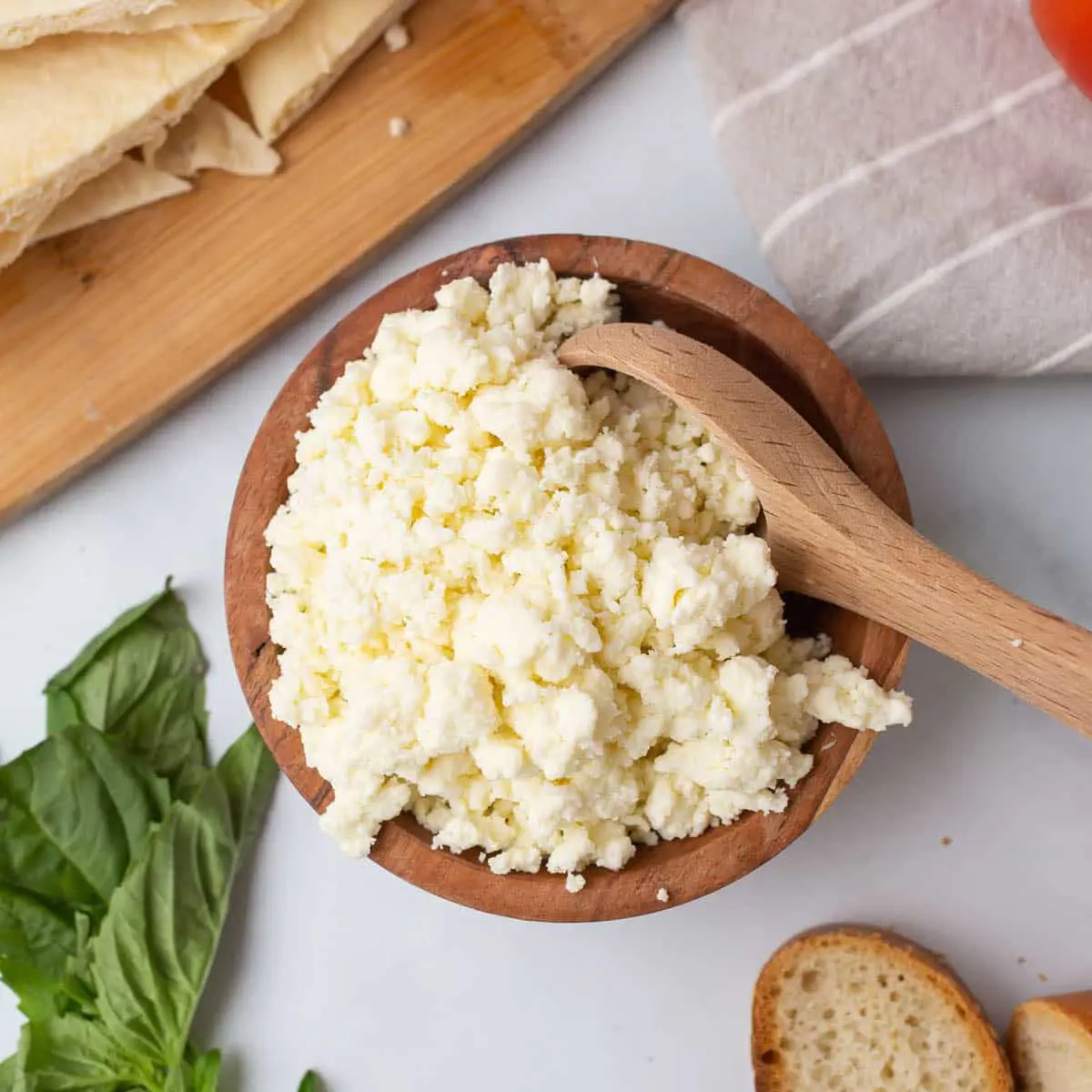
While ricotta may not perfectly mimic the fat content of butter, its unique characteristics make it a creative alternative for those seeking a different flavor profile. As with any substitution, it's essential to consider the dish's overall flavor and texture goals.
When using ricotta, it is important to add it as a butter alternative in pasta dishes to make creamy sauces. In terms of baking, it can be used as a moistening agent for different types of cakes, muffins, and pancakes. Imagine a ricotta blueberry pancake, fluffy and tender, with a subtle creaminess that elevates each bite.
15. Hummus
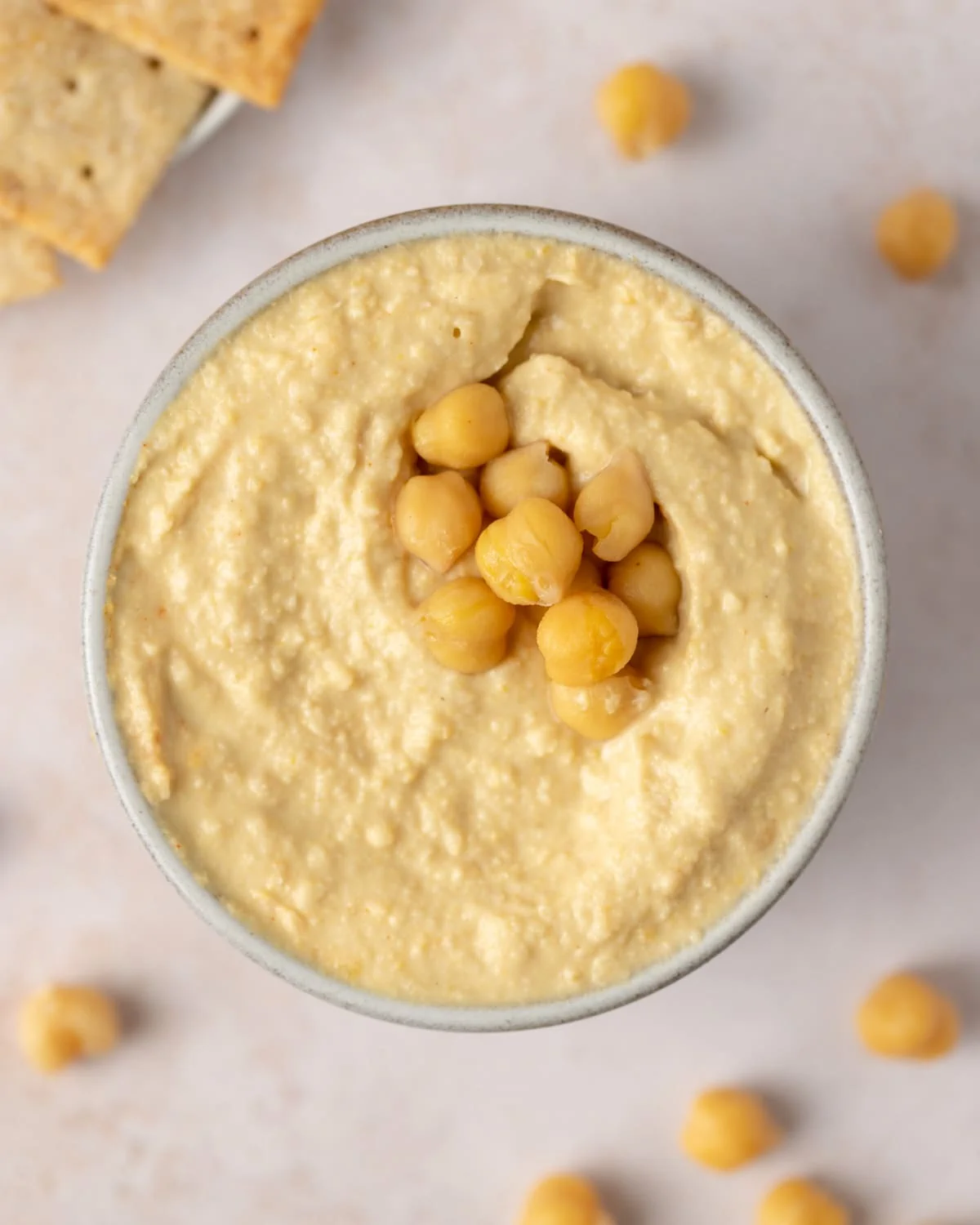
Hummus is a Middle Eastern dip made from blended chickpeas, tahini, olive oil, and various spices. Its creamy texture and rich, nutty flavor make it a versatile ingredient in both sweet and savory dishes. When used as a spread on toast or sandwiches, hummus adds a distinct Mediterranean flair.
In baking, hummus can be a creative replacement for butter, adding moisture to recipes. While it might not perfectly mimic the taste of butter, hummus contributes a depth of flavor and a boost of plant-based protein. So, the next time you're feeling adventurous in the kitchen, consider hummus as a tasty and nutritious butter substitute.
Recent posts
Kitchen Tips
Kitchen Tips
Best Ways To Reheat Salmon
Salmon is a delightful fish that is consumed by many people. The reason is its flavors and nutritional benefits. Whether be it a normal dinner night or any occasion, you will find salmon on the plate. Having leftover salmon makes you think how ...
Kitchen Tips
3 Methods To Defrost Salmon Without Ruining It
Salmon makes everyone delighted at dinnertime, and it's easy to see why. While fresh salmon from the store tastes wonderful, sometimes life gets too busy for shopping trips. That's when frozen salmon becomes your kitchen hero! With the right defrosti...
Kitchen Tips
Sardines vs Anchovies: What Sets These Pungent Fish Apart?
Sardines and anchovies are both types of small, oily fish that are widely used in food around the world. Both sardines and anchovies are marine or saltwater fish. They are commonly found in coastal waters and are part of the vast array of species tha...
Kitchen Tips
14 Heavy Cream Substitutes For Cooking
Heavy cream, also known as heavy whipping cream, is a luxurious dairy product celebrated for its rich and velvety texture. The cream is made by skimming the fat content from fresh cow's milk with about 36-40% milk fat. However, there are severa...
Kitchen Tips
20 Best Italian Herbs And Seasoning Spices
Italian cuisine is known for its simplicity and the use of locally produced, high-quality, fresh ingredients. One of the reasons behind this is the skillful use of herbs and spices to enhance flavors and create diverse taste profiles. Depending on wh...
Kitchen Tips
How Do You Freeze Bell Peppers
We’ve all had that moment of going to the store, purchasing too many bell peppers just to use for a recipe. Once your vivid veggies are peeled and placed in the fridge, they’ll last a few days, but they can spoil fast. Fortunately, you ca...

